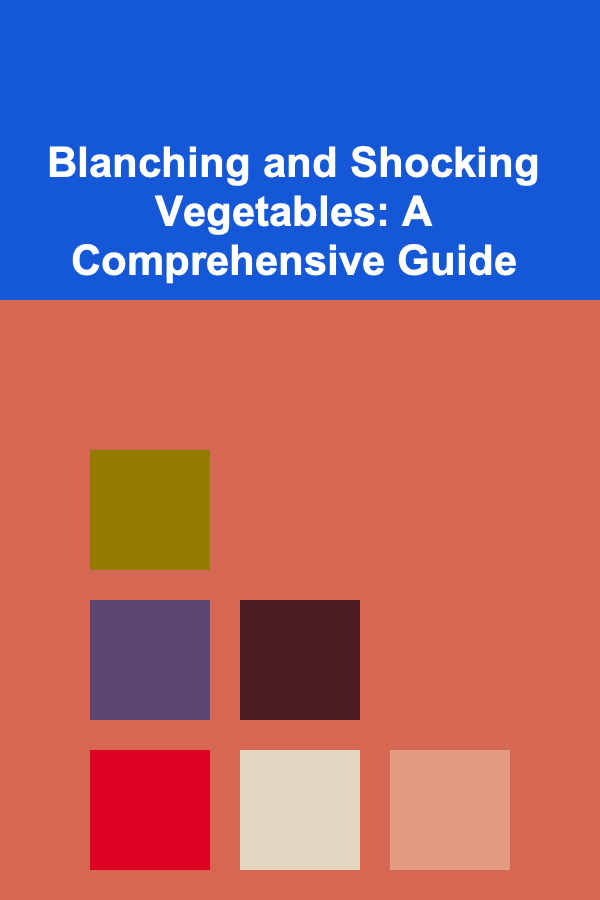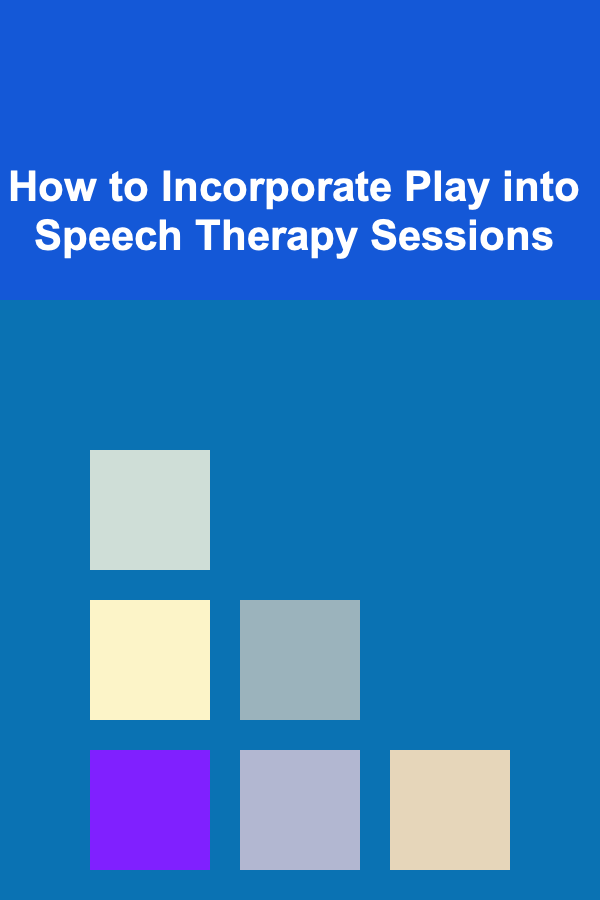
Crafting Compelling Content: Strategies and Tips for Success as a Content Writer
ebook include PDF & Audio bundle (Micro Guide)
$12.99$8.99
Limited Time Offer! Order within the next:

In today's digital age, content is the backbone of online communication. From blog posts to social media updates, white papers to email newsletters, content writing is a skill that can shape brands, engage audiences, and drive business success. But writing content that truly resonates with readers, holds their attention, and drives conversions is an art that requires more than just the ability to string words together.
In this actionable guide, we will explore the key strategies and tips you need to succeed as a content writer. Whether you are just starting out or looking to refine your skills, the following insights will help you craft compelling, valuable content that delivers results.
Understanding Your Audience
One of the first and most important steps in crafting compelling content is understanding your audience. Without knowing who you are writing for, your content may fail to connect, lack relevance, or miss the mark entirely. When you have a clear understanding of your audience's needs, preferences, and pain points, you can create content that speaks directly to them.
1. Define Your Target Audience
Before you write a single word, ask yourself: Who am I writing for? Understanding your audience is crucial for tailoring your content to their specific needs. Consider factors such as:
- Demographics: Age, gender, location, education level, income, occupation, etc.
- Psychographics: Interests, values, lifestyle, challenges, and desires.
- Pain points and problems: What are the challenges or problems that your audience is facing? How can your content help solve them?
2. Conduct Audience Research
To truly get to know your audience, use research tools and methods that can help you gather insights about their behaviors, preferences, and online activities. Tools like Google Analytics, social media insights, surveys, and audience feedback can provide valuable data. Additionally, if you have access to existing customer data, you can gain an even deeper understanding of what your audience values.
3. Develop Personas
Creating audience personas can help bring your ideal reader to life. These personas are fictional, generalized representations of your target audience that embody key characteristics and behaviors. Each persona should include demographic details, goals, pain points, and content preferences. Personas make it easier to personalize and focus your content.
Crafting a Strong Headline
The headline is the first thing your readers will see, and it plays a significant role in whether they decide to read the rest of your content. A compelling headline should grab attention and entice your audience to click or continue reading.
1. Keep It Clear and Specific
Your headline should immediately convey the value of your content. Avoid vague or overly broad titles. Instead, make your headline clear and specific about what readers can expect.
Example:
- Vague: "How to Improve Your Writing Skills"
- Specific: "10 Proven Ways to Improve Your Writing Skills in 30 Days"
2. Incorporate Numbers or Lists
Headlines with numbers tend to perform well because they promise structure and clear takeaways. People love knowing exactly what to expect, and numbered lists provide an easy-to-scan format that appeals to readers.
Example: "5 Effective Content Writing Techniques That Will Boost Your SEO Rankings"
3. Use Action-Oriented Language
Use strong, actionable language in your headlines to convey a sense of urgency or benefit. Action verbs encourage readers to take immediate action, such as reading the article.
Example: "Master Content Writing in 7 Days with These Actionable Tips"
4. Make It Emotionally Compelling
Headlines that evoke curiosity, excitement, or even fear of missing out (FOMO) can be particularly effective. Using emotional language makes the topic feel relevant and important to the reader.
Example: "You Won't Believe How Easy It Is to Start Writing Compelling Content Today!"
Structuring Your Content for Readability
The structure of your content is just as important as its message. Even the best-written article can be overlooked if it is difficult to read or navigate. Structuring your content properly ensures that it is both engaging and easy to digest.
1. Use Short Paragraphs
Long blocks of text can overwhelm readers and cause them to lose interest. Keep paragraphs short and focused, ideally around 3-4 sentences each. This breaks up the text and makes it easier to read.
2. Use Subheadings to Organize Ideas
Break your content into sections using subheadings. This makes it easy for readers to skim through and find the most relevant information. Subheadings should be clear, concise, and reflective of the content that follows.
3. Incorporate Bullet Points and Lists
Bullet points or numbered lists can help emphasize key points and make the content more scannable. These elements allow readers to digest information quickly and easily.
4. Ensure a Logical Flow
Ensure that your content follows a logical structure, guiding the reader smoothly from one point to the next. Each section should build upon the previous one, creating a cohesive narrative or argument.
5. Optimize for Mobile
A growing number of users access content from mobile devices, so it's essential to ensure your content is optimized for mobile reading. This means ensuring that the text is readable on smaller screens, images load properly, and your layout is responsive.
Writing with Clarity and Conciseness
Good content is clear and easy to understand. Avoid unnecessary jargon, wordiness, and complexity that could confuse your readers. The best content is often simple, direct, and to the point.
1. Avoid Overuse of Complex Words and Jargon
While technical content may require specific terminology, avoid using overly complex words or jargon unless your audience is familiar with it. Using simple, everyday language is usually the best way to communicate clearly.
Example: Instead of "utilize," use "use." Instead of "ascertain," use "find out."
2. Get to the Point Quickly
Don't bury the lead. Present your main message early on in the article, especially in the first few sentences. Readers should know immediately why they should continue reading and what value they will gain from it.
3. Eliminate Redundancies
Be concise by removing unnecessary words or repetitive phrases. Each sentence should add value and contribute to the overall purpose of the content.
Example: "In this article, you will learn the top five ways to improve your content writing skills" → "Learn five ways to improve your content writing skills."
Writing with a Clear Purpose
Great content should have a purpose. Whether it's to inform, educate, entertain, or persuade, every piece of content you create should be driven by a clear objective. Content without a purpose is likely to fail to engage or resonate with readers.
1. Identify the Goal of Your Content
Before you begin writing, define what you want to achieve with your content. Are you trying to educate your audience about a new topic? Promote a product or service? Encourage social sharing or newsletter signups? Understanding the end goal will shape the way you approach your content.
2. Call to Action (CTA)
A strong call to action is essential for guiding your readers toward the next step. Whether it's downloading an eBook, subscribing to a newsletter, or purchasing a product, your content should encourage readers to take action.
Example CTA: "Download our free guide to content writing and start improving your skills today!"
Optimizing Content for SEO
While creating valuable and engaging content is essential, it's equally important to ensure that your content can be found by your target audience. Search Engine Optimization (SEO) plays a significant role in driving organic traffic to your content.
1. Keyword Research
Effective SEO starts with understanding the keywords that your target audience is searching for. Use keyword research tools like Google Keyword Planner, SEMrush, or Ahrefs to find high-traffic keywords related to your topic.
2. Optimize for On-Page SEO
Incorporate your primary keywords naturally into your content, including in the headline, subheadings, and throughout the body of the article. Additionally, make sure your meta title and description are optimized for search engines.
3. Internal and External Links
Linking to other relevant content within your website (internal links) and reputable external sources can improve the SEO value of your article. Internal linking helps search engines crawl your site effectively, while external links build trust and authority.
Edit and Proofread
No matter how talented a writer you are, errors can slip through the cracks. Editing and proofreading are essential steps to ensure your content is error-free and polished.
1. Take a Break Before Editing
After you finish writing, take a short break before you begin editing. This gives you a fresh perspective and helps you spot mistakes more effectively.
2. Read Aloud
Reading your content aloud can help you identify awkward phrasing, unclear sentences, or mistakes you might miss when reading silently. This step helps improve the flow of the text.
3. Use Editing Tools
There are numerous editing tools available to help you catch grammar and spelling mistakes. Tools like Grammarly, Hemingway Editor, and ProWritingAid can help you refine your writing and improve readability.
Conclusion
Crafting compelling content is a skill that requires practice, patience, and a deep understanding of both your audience and the medium you're working with. By applying these strategies---understanding your audience, crafting strong headlines, structuring content for readability, and optimizing for SEO---you can create content that not only captures attention but also drives engagement and conversions. Writing is an ongoing learning process, so continuously refine your approach based on feedback, results, and emerging trends.
By mastering these techniques, you will position yourself as a skilled content writer capable of producing impactful, high-quality content that resonates with your audience.
Reading More From Our Other Websites
- [Home Storage Solution 101] How to Create a Home Storage System for Digital Clutter
- [Home Soundproofing 101] How to Soundproof a Small Room for Maximum Noise Reduction
- [Tie-Dyeing Tip 101] How to Tie‑Dye Recycled Plastic Tote Bags for a Sustainable Fashion Statement
- [Organization Tip 101] How to Prepare Your Home for a Last-Minute Showing
- [Home Cleaning 101] How to Deep Clean Your Garage: A Step-by-Step Guide to Cleaning a Garage Like a Pro
- [Organization Tip 101] Best Organization Tools for Mental Health and Self-care
- [Home Maintenance 101] How to Extend the Lifespan of Your Major Appliances: Essential Maintenance Tasks
- [Organization Tip 101] How to Ensure Your Appliances Are Ready for the Move
- [Star Gazing Tip 101] From Constellations to Galaxies: Mastering Night Sky Navigation with Binoculars
- [Home Cleaning 101] How to Tackle Your Spring Cleaning Like a Pro

How to Create a Bright and Inviting Kitchen with Lighting
Read More
How to Incorporate Nature Into Your Holiday Home Decor
Read More
The Art of Interior Design: Unlocking Your Creativity and Designing with Purpose
Read More
How to Find Serenity in the Fjords of Chile
Read More
Blanching and Shocking Vegetables: A Comprehensive Guide
Read More
How to Incorporate Play into Speech Therapy Sessions
Read MoreOther Products

How to Create a Bright and Inviting Kitchen with Lighting
Read More
How to Incorporate Nature Into Your Holiday Home Decor
Read More
The Art of Interior Design: Unlocking Your Creativity and Designing with Purpose
Read More
How to Find Serenity in the Fjords of Chile
Read More
Blanching and Shocking Vegetables: A Comprehensive Guide
Read More